Mar 2, 2014
Fleet of Toaster-Sized Satellites Will Orbit Earth, Provide Near Real-Time Monitoring
Posted by Seb in category: space
Cameron Scott — Singularity Hub
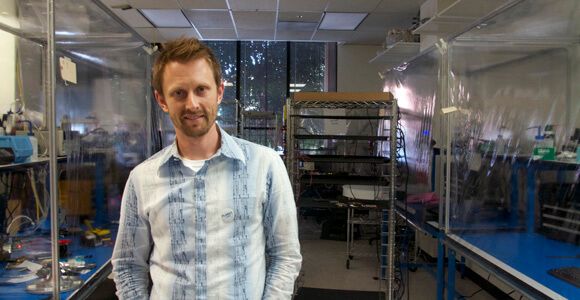
Silicon Valley sprung up on big open stretches of land where military installations had once been. Early semiconductor and computing businesses needed the space. But as Moore’s law progressed and mobile computing became the thing, the tech industry crept up into the seven-by-seven mile peninsula that is San Francisco. The city’s South of Market district is now nearly a strip mall of tech startups.
But tucked away in one of the neighborhood’s utilitarian office buildings is a technology company that harkens back to the early days of Silicon Valley: Planet Labs, founded by former NASA engineers, which builds satellites to photograph the Earth. Even so, the company doesn’t need a ton of space: Its satellites are about the size of a breadbox. The company recently recruited a batch of Stanford University students and built 28 satellites in 17 days in its cramped SoMa offices (pictured above).
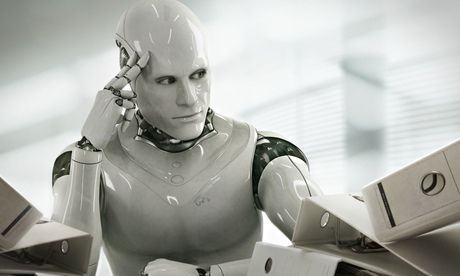
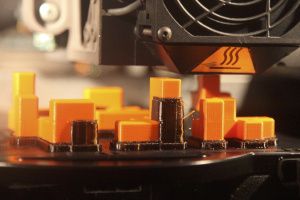 3D printing is slow; so slow that printing an object several feet long is an arduous task that can take days. As a result, most 3D printers are tailored to printing small objects that take a few hours at most.
3D printing is slow; so slow that printing an object several feet long is an arduous task that can take days. As a result, most 3D printers are tailored to printing small objects that take a few hours at most. Written By:
Written By: 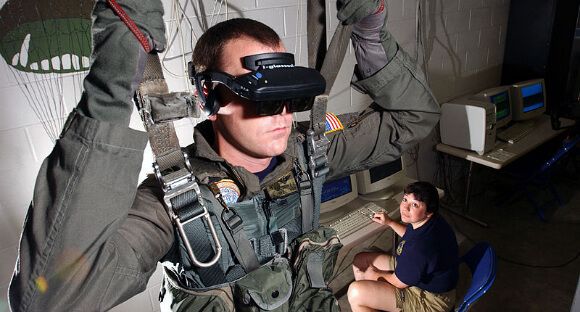
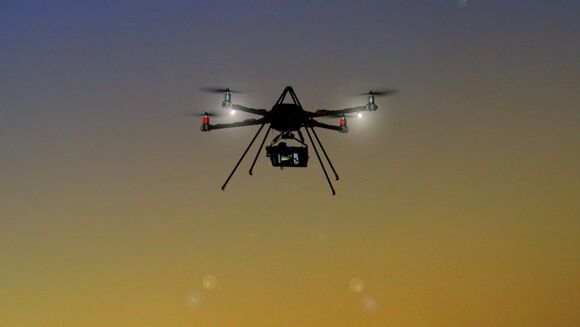
 Future Wow
Future Wow







